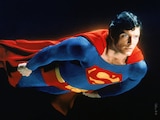During my first viewing of The Flash, I marveled at seeing Michael Keaton step back into his role as Batman. He flew the Batwing, dove into enemy fire, and even said some of his classic lines for old time’s sake. It was almost as if he never left.
During my second viewing on Max (and let’s be real, you have to see The Flash more than once), I began to notice some details that had slipped by me before. Some aspects of Batman’s story raise some interesting questions, but we’re so focused on Barry Allen’s journey the first time we see The Flash, it makes it easy to overlook them.
For example, why did Batman retire? What kind of life is Bruce Wayne living? Why was he initially reluctant to fight Zod? What’s with the unkempt hair and shaggy beard? There is a hidden story under the surface here. The film doesn’t spell out the answers for us, but it doesn’t need to. It gives us just enough context to come to our own conclusions.
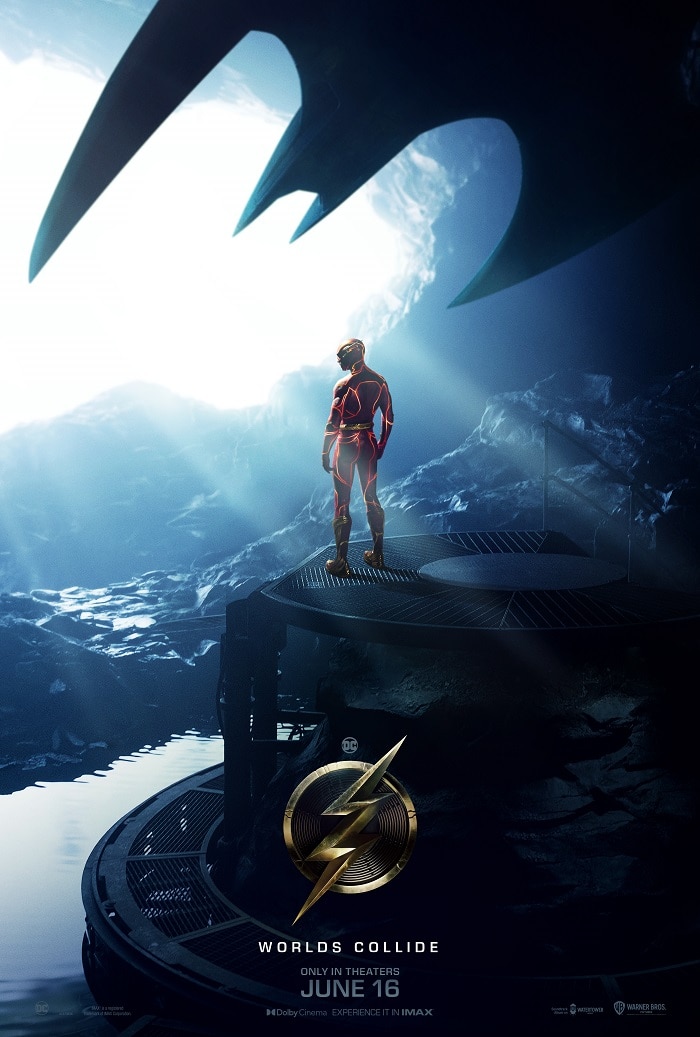
The question about Batman’s retirement is the easiest one. At least it is if we take Bruce’s answer at face value: “They don’t really need me. Things have changed. Gotham is now one of the safest cities in the world.”
This is refreshing, because in most of his future iterations, like Batman Beyond and The Dark Knight Returns, Bruce Wayne is forced into retirement by other factors. In these cases, crime is still rampant in Gotham. For Keaton’s Batman, he’s completed his mission. Gotham had a happy ending. It’s a rare thing to see in a Batman story, and I enjoyed it.
But what happens to Batman once his mission is complete? You would think he’d live out the rest of his days as Bruce Wayne, enjoying life with his friends and family. The problem is, Keaton’s Bruce Wayne is very different from the other versions across the multiverse. He doesn’t have the extended Bat-Family that his comic book counterpart has. He had Alfred and that’s it. In fact, Keaton’s Batman barely had any life as Bruce Wayne.
Remember that in 1989’s Batman, Vicki Vale and Alexander Knox do not recognize Bruce Wayne the first time they see him. The eccentric millionaire has to introduce himself to them. They know Bruce Wayne is throwing the party, and they know they’re at his house, but they have no idea what he looks like. And these are both professional journalists.
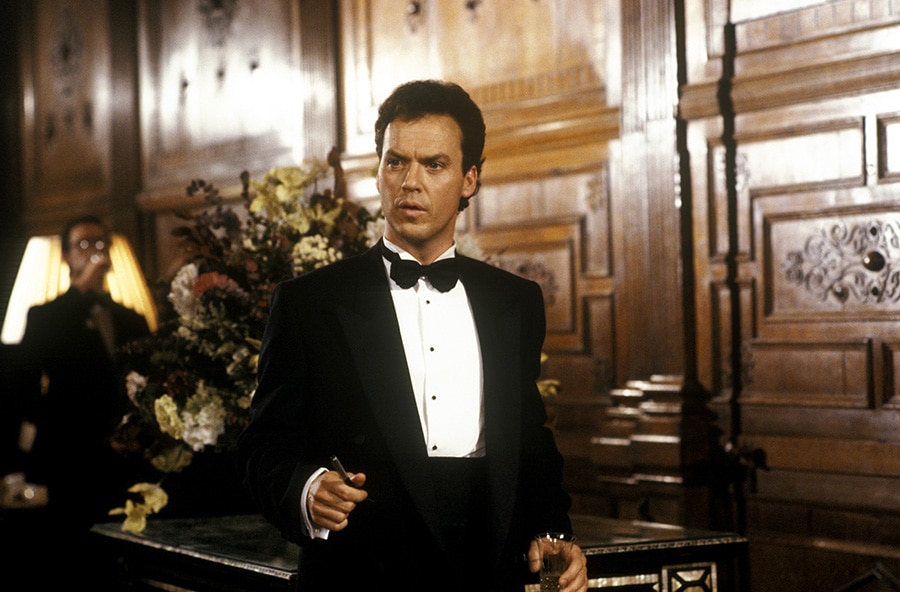
Knox and Vale also didn’t know about Thomas and Martha Wayne’s murders until they looked it up in the newspaper archives. In most Batman movies since, everyone in Gotham seems to know about the Wayne murder. Do you see my point? In the Tim Burton films, Bruce Wayne is not the mega-celebrity he is in most other continuities.
Remember Batman Forever where Val Kilmer’s Bruce Wayne was on the cover of magazines and leading a major corporation? That’s not the case for Keaton. There is no reference to Bruce Wayne operating Wayne Enterprises in Batman or Batman Returns. Go ahead and watch the films again if you doubt me. Bruce is just some rich guy. While he does take a business meeting with Max Shreck and does seem to be a businessman, he never mentions owning his own company.
So, Keaton’s Bruce Wayne seems to have never built a life outside of Batman. He devoted everything he had to the mission and made it his entire reason for existence. He never had children and his romantic relationships all fell apart.
Once crime was eradicated, Batman was no longer needed. Where did that leave Bruce Wayne? He had made his crusade against crime his entire identity, but this meant that there was nothing left for him. When we catch up with him in The Flash, it seems like Bruce has been in a long depression. Wayne Manor is in shambles and so is its owner. He’s in slippers and he hasn’t shaved. He’s clearly checked out.
Bruce Wayne’s whole reason for existence ended when he gave up being Batman, and now he’s simply going through the motions. You might notice the art supplies as the two Barrys are exploring the manor, which suggests that Bruce was trying out various hobbies. However, judging from the slippers and the unkempt hair, none of them brought him to life. It’s depressing.
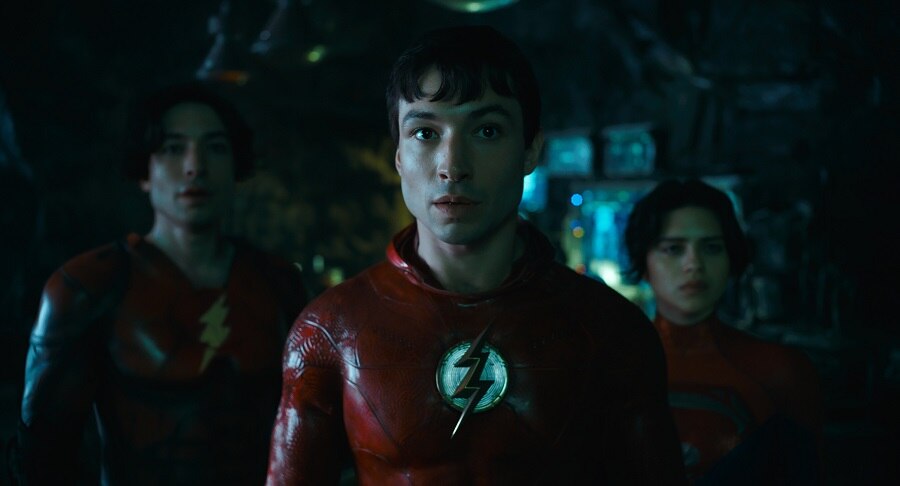
So, why was he initially reluctant to help the Barrys fight Zod? Perhaps all the years of depression simply took the passion out of him. Or maybe he was reluctant to return to the identity that robbed him of a normal life. My theory (for what it’s worth) is that he simply didn’t feel he was worthy. When Gotham no longer needed Batman, Bruce had to adjust to a life where he wasn’t needed. It probably made him feel obsolete, especially as he advanced in age.
However, once he answers the call to adventure, look at how his demeanor changes. When he suits up and says, “I’m Batman,” he has the biggest smile on his face. He isn’t smiling because he’s amused at how the two Barrys are reacting. He’s smiling because he feels alive again for the first time in years. He has a purpose. He doesn’t have Selina Kyle or Vicki Vale. Alfred is dead. Bruce Wayne has no company to run or celebrity lifestyle. Batman is all he has.
So, Bruce’s response makes a lot of sense after his fateful battle with Zod’s minion Nam-Ek.
“We can’t bring you back, can we?” Flash asks as he cradles Batman’s dying body.
“You already did,” Batman replies.
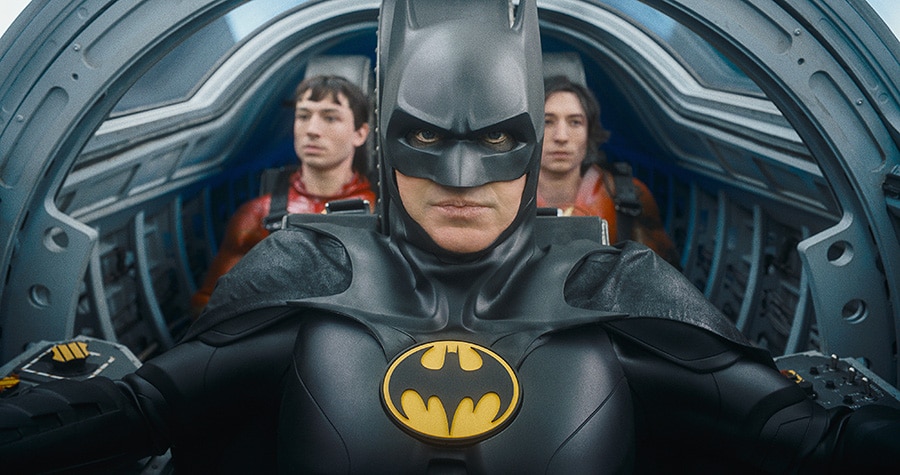
Thanks to Barry Allen, Bruce got to feel alive again. And he didn’t do too badly for someone in his early 70s (if we’re assuming Bruce Wayne is the same age as Michael Keaton).
In some ways, The Flash could be considered a cautionary tale. For Barry, it meant letting go and accepting his mother’s death. For Batman, it meant making sure your crusade against crime does not come at the expense of having a life. It adds a new emotional layer to Keaton’s Batman saga, which has led to me rewatching his original films with new eyes.
But let’s not turn this Bat-saga that was 34 years in the making into a tragedy. When Batman died, he felt content. He had eradicated crime from Gotham, freed Supergirl, and helped the Flash become the hero of the multiverse. Yes, he made mistakes and they’re ones we should learn from, but that’s still one remarkable legacy.
The Flash, directed by Andy Muschietti and featuring Michael Keaton as Batman, is now streaming on Max.
Joshua Lapin-Bertone writes about TV, movies and comics for DC.com, is a regular contributor to the Couch Club and writes our monthly Batman column, "Gotham Gazette." Follow him on Twitter at @TBUJosh.
NOTE: The views and opinions expressed in this feature are solely those of Joshua Lapin-Bertone and do not necessarily reflect those of DC Entertainment or Warner Bros., nor should they be read as confirmation or denial of future DC plans.


